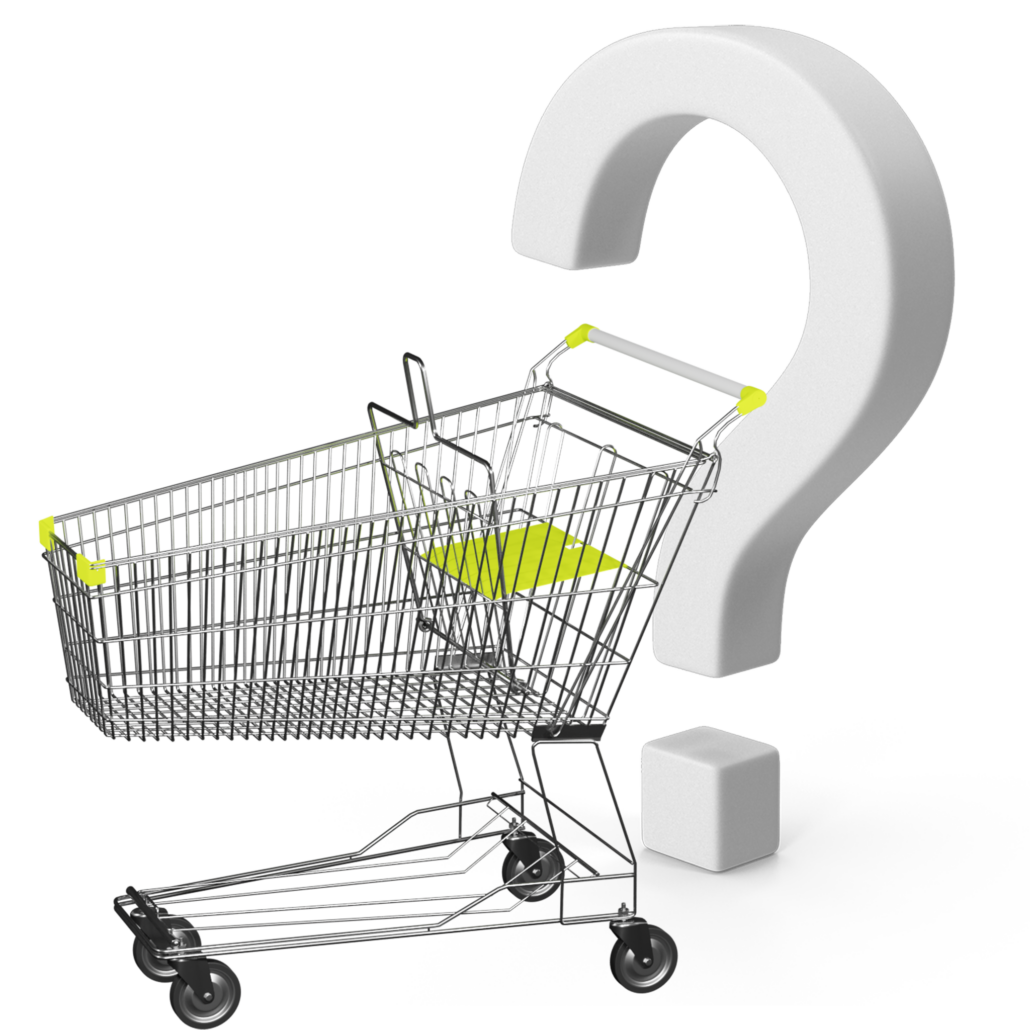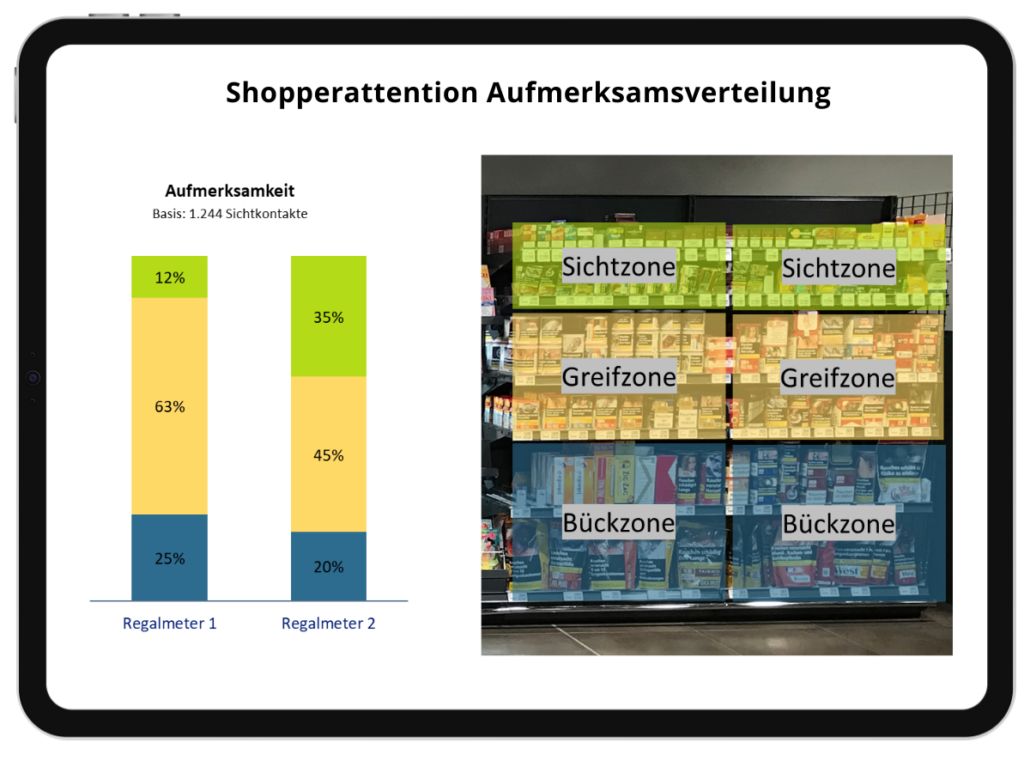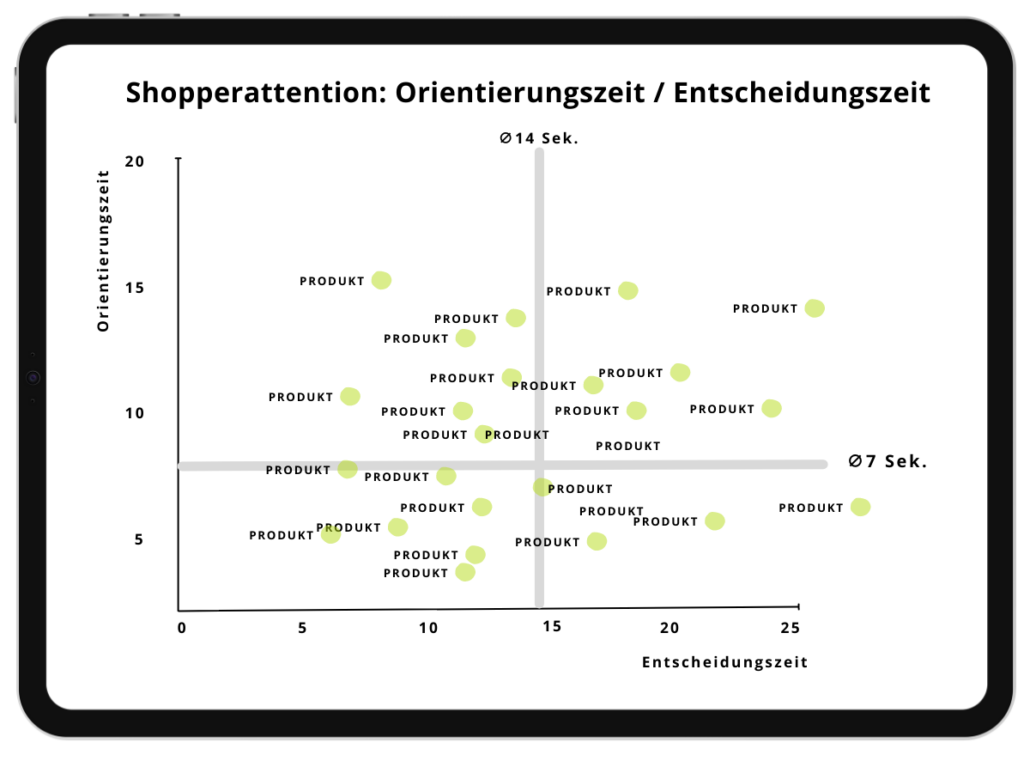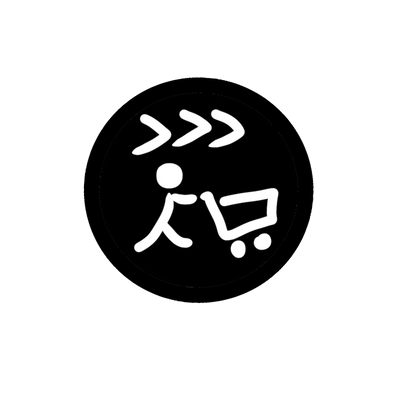
„The winner takes it all.“ (ABBA)
Shopper Attention
In the grocery retail sector, there can be between 2,000 to 25,000 products and brands competing for the attention of shoppers, depending on the store format. Additional placements, in-store marketing initiatives, and communication methods on the sales floor increase the number of messages, signals, and stimuli that affect shoppers, creating an enormous flow of information.
This mass of information meets the limited attention window of the shopper, similar to the beam of a spotlight that only illuminates specific areas of the stage. Our attention ensures that the brain is not overwhelmed, filtering out everything unimportant. Attention fluctuates periodically, rising briefly four times per second and then declining to ensure that we don’t miss anything important.
The problem is that our attention is limited and consumes energy. In English, we also say “to pay attention.” The strongest or most interesting stimulus at any given moment captures our attention and ideally leads to a subsequent action like “wanting to buy.” All other stimuli, information, and brand messages are, therefore, quite literally left by the wayside. And it holds true: the more stimuli, the more challenging it is to maintain attention, leading to a higher degree of attentional blindness.
USP
Shopper Attention allows us to provide a detailed overview of the shopper’s attention budget and how it is distributed across the sales floor, categories, shelves, and brands over the course of the Instore Journey.
By observing and analyzing real purchasing processes using our straightforward and reliable approach, patterns in the shopper’s attention span can be identified.
- We take into account the dependence of attention span on current missions, plans, and intentions, which continually push themselves into the spotlight of attention (Ziegarnik effect).
Benefits
- Attention = Orientation + Selection
- Our attention is the ability to turn towards something (Orientation) and to select the most relevant from the stream of perceptual contents (Selection).
- In the purchasing process, we typically capture the two components of attention, 1. Orientation and 2. Selection, in the store, in the category, at the shelf, on the shelf meter, and at the individual brand facings.
With SHOPPER ATTENTION attention patterns of shoppers can be identified.

Questions from our customers.
How is attention distributed among categories, shelves, and brand facings?
Do the spatial arrangements align with the distribution of attention, or are there imbalances in attention across the space?
Which areas require a significant amount of attention?
Which types of shoppers pay the most attention to specific areas of the space?
Which categories, shelves, or brand facings effectively convert attention into “desire to have” = interactions and purchases?
Tipping Points: Where on the floor does attention shift significantly?
At what point in the buying process is the attention budget exhausted?
Methods for the solution
-
Shopper Observer
Behavior | Observation
-
Shopper Mind
Experience | Accompanied Shopping
-
Shopper Emotion
Experience | Emotion Measurement
Result examples


Discover more solutions
Overview of all solutions and methods



